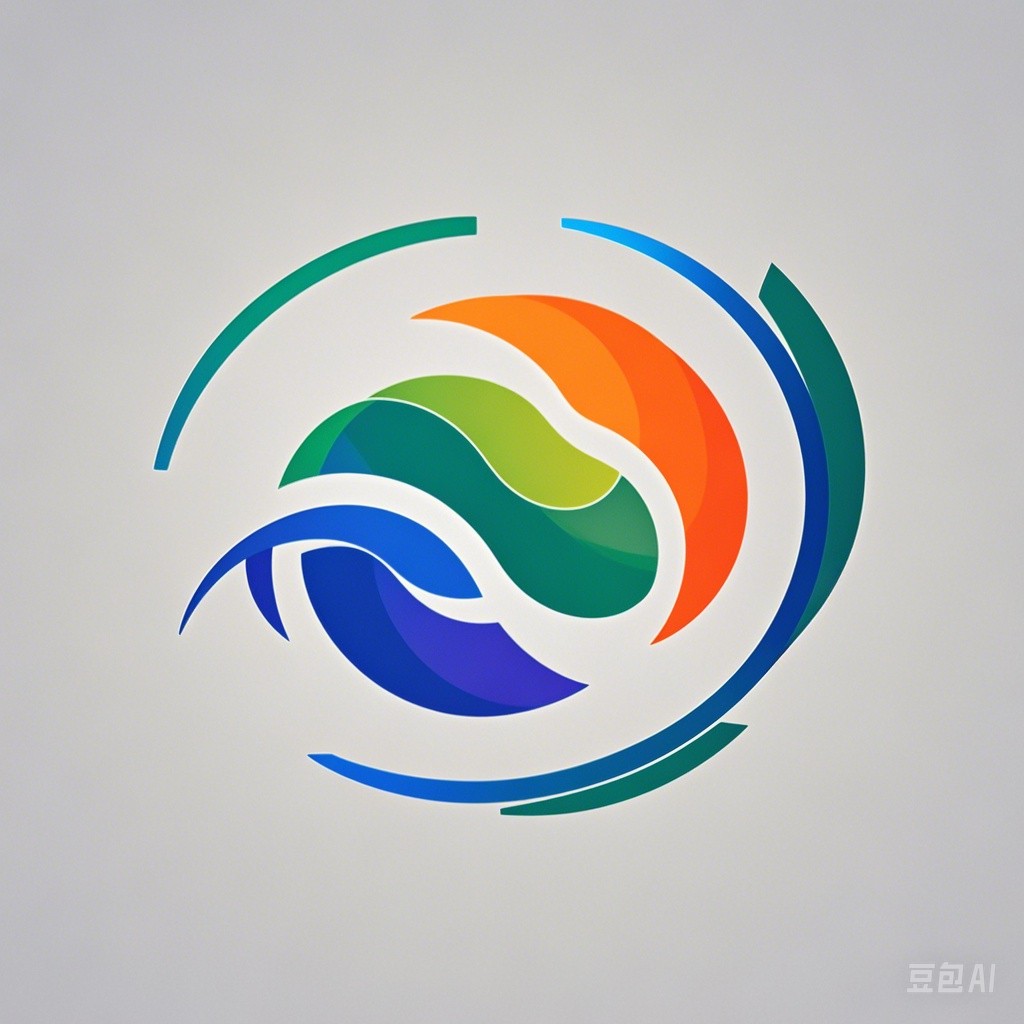Introduction
Science experiments don’t always have to be complex or require extensive equipment. Sometimes, the most fascinating discoveries can be made through simple, amusing experiments that anyone can perform at home. These experiments not only provide entertainment but also help to spark curiosity and a love for learning. In this article, we will explore some delightful and engaging science experiments that are sure to amuse and educate.
Experiment 1: The Floating Egg
Objective
To demonstrate the effects of vinegar on eggshell structure.
Materials
- Raw eggs
- White vinegar
- A clear glass
- A spoon
Procedure
- Fill the glass with white vinegar.
- Carefully place an egg into the vinegar.
- Wait for a few minutes and observe the egg.
- Use a spoon to carefully remove the egg from the vinegar.
- Rinse the egg under running water.
Results
The eggshell will become soft and translucent. This is because the vinegar reacts with the calcium carbonate in the eggshell, causing it to dissolve. The egg will float because the vinegar has removed the shell’s protective layer, making it buoyant.
Explanation
This experiment demonstrates the reaction between an acid (vinegar) and a base (calcium carbonate), which is a fundamental concept in chemistry. It also highlights the unique properties of eggshells.
Experiment 2: The Colorful Milk
Objective
To observe the process of diffusion and the effects of detergent on milk.
Materials
- Milk
- Food coloring
- Dish soap
- A clear glass
Procedure
- Pour a small amount of milk into the glass.
- Add a few drops of food coloring to the milk.
- Observe the milk for a few minutes.
- Add a few drops of dish soap to the milk.
- Observe the changes in the milk.
Results
The food coloring will spread throughout the milk, creating a colorful mixture. When dish soap is added, the milk will become cloudy and the food coloring will form colorful spots.
Explanation
This experiment demonstrates the process of diffusion, where particles move from an area of high concentration to an area of low concentration. The dish soap disrupts the milk’s structure, causing the food coloring to form spots instead of spreading evenly.
Experiment 3: The Magic Stick
Objective
To demonstrate the effects of static electricity on objects.
Materials
- A balloon
- A piece of paper
- A wooden stick
Procedure
- Rub the balloon on the wooden stick for a few seconds.
- Place the balloon near the piece of paper.
- Observe what happens.
Results
The balloon will attract the paper, causing it to stick to the balloon.
Explanation
This experiment demonstrates the concept of static electricity. When the balloon is rubbed on the stick, electrons are transferred from the stick to the balloon, giving it a negative charge. The paper, which has a positive charge, is then attracted to the balloon.
Experiment 4: The Vanishing Water
Objective
To observe the effects of evaporation.
Materials
- A clear glass
- Water
- Food coloring
- A piece of paper
Procedure
- Fill the glass with water and add a few drops of food coloring.
- Place a piece of paper over the glass.
- Wait for a few minutes and observe the changes.
Results
The water will start to evaporate, and the paper will become wet.
Explanation
This experiment demonstrates the process of evaporation, where water molecules gain energy and escape from the liquid state into the gas state. The food coloring helps to visualize the water droplets on the paper.
Conclusion
Amusing little science experiments are a great way to engage with the scientific world and learn about various concepts. These experiments are not only entertaining but also provide valuable insights into the wonders of science. By performing these experiments, you can develop a deeper understanding of the natural world and cultivate a lifelong love for learning.
